

Lack of access to financial services, rise in unemployment and high inflation remain the main obstacles of growth for women-led micro and small enterprises. As a result, conventional business development methodologies, including microfinance, are not reaching to the poorest and vulnerable, especially women entrepreneurs in informal economic sector. Informal economic sector is also often seen as a burden due to the associated higher transaction costs.
In a recent survey, conducted with women informal entrepreneurs from the home-based sector, it is estimated that a number of women entrepreneurs have joined the home-based sector over the past few years, especially in post-Covid scenario. In the past one to three years, total 29 per cent women entered into home-based businesses for income generation with 34 per cent in Karachi and 24 per cent in Lahore. The survey brought the importance of home-based sector being the only refuge for income generation for women living slightly above poverty line. These women are entering into the home-based sector because of the increasing unemployment and inflation since there are no unemployment benefits and regular social protection mechanism.
Despite the fact that there is significant increase in home-based workers, the official figures are still not known. Although, Pakistan has four provincial legislations, the authentic national data or statistical figures are not available. This makes the situation more vulnerable and unpredictable in the changing uncertain political discourse and increased inflation.
Knowing the importance of increasing home-based micro-enterprises trend, a lot of emphasis is seen on the digitalisation and technological advancement. According to a survey report, a large majority, 96 per cent, started businesses because they needed to earn money to support their families. Many of these respondents also cited additional reasons like earning enough money to properly feed and educate their children and to keep some money as savings. Almost 35 per cent women shared that they wanted to utilise their already existing skills and earn a decent living, while 15 per cent said they were inspired to become entrepreneurs for a secured independent future. Yet, a large majority of almost 95 per cent do not have registered businesses. Talking to them in person showed that they were largely unaware about the benefits, as well as ways of branding and registration of their businesses.
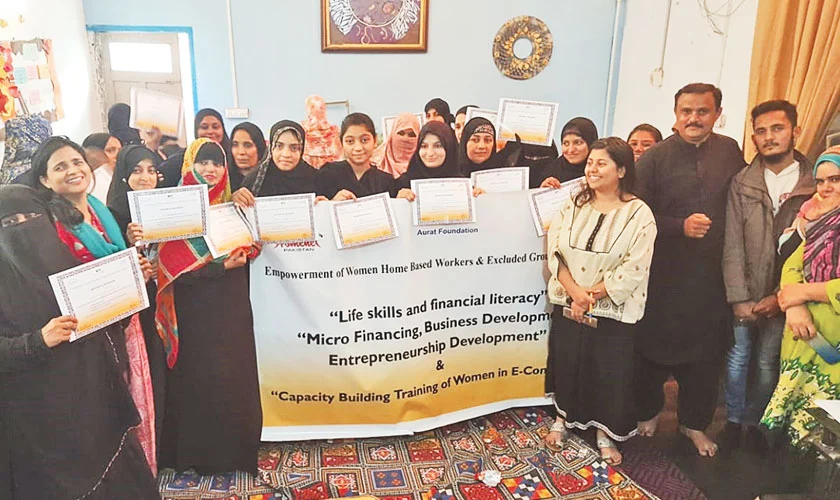

Seeking information about registration of businesses indicate lack of awareness on formalisation among the micro-level entrepreneurs. A huge number, almost 95 per cent, have not registered their businesses whereas only 5 per cent stated that they have some type of registration. It became apparent that women in micro-businesses were unclear about benefits of registering a business leading to progression. It is unfortunate that women in the informal sector are unaware of the benefits of registration. They are clueless that by registering themselves, they can avail a number of benefits including registration with business chambers, etc.
It has been noted that women working as micro-entrepreneurs or home-based workers do not keep record of their businesses and transactions. However, women who have learned and understood the effectiveness, utilisation and importance of doing businesses in a proper manner have started maintaining records of their monthly income, costing, expenses and profits. Women in micro-businesses from Karachi reported that since now they have to share the details with labour department about the income they generate, they have stared maintaining registers for monthly expenditure and profit. Gradually, they are maintaining their records in hard forms, which were all done verbally, earlier.
Women home-workers who work in the urban localities reported that their businesses and income generation activities are highly dependent on electricity. Around 88 per cent reported to have dependency on electricity. Farhana, a home-based worker said, “Due to the increased rates of electricity, our businesses have been badly affected. Disruption in electric supply and high costs have reduced the profits for home-based workers during the past few months. It has become difficult for us to meet both ends in such inflation.”
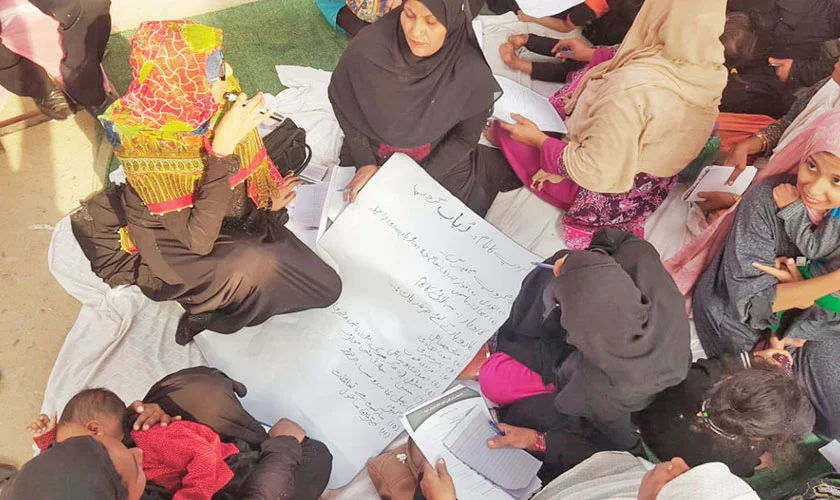

It’s time to go digital…
Digital divide has been identified as an important element of social and financial exclusion because of lack of access to computers/smartphones. With the increasing impetus on digitalisation, access to financial inclusion of women in the micro-businesses seems like a great opportunity.
Recent finding within the new groups of women, doing small businesses in informal sector, has revealed that almost half of them have a smartphone. Out of that, 6 per cent respondents have a smartphone but no internet connection. It is also interesting to know that within those who own smartphones, majority don’t have a banking or money transfer app on their phones, which shows a low level of digital readiness or literacy.
It appears that a smartphone has been mostly bought as a status symbol or for entertainment. Some women, however, use YouTube to improve their skills. Nevertheless, a small number of younger women in informal entrepreneurship also use it to promote their products.
The survey has found that smartphone possession has a direct correlation with the household incomes. Smartphone possession increases with the family income. It has been observed that 32 per cent women entrepreneurs with less than 100,000 annual incomes have a smartphone. In comparison to that, 100 per cent women entrepreneurs with more than 1,000,000 annual incomes have smartphones. It is clearly an indicator of upward mobility. If used effectively, smartphone can help this section of respondents to enhance capacities, grow businesses and increase household income.
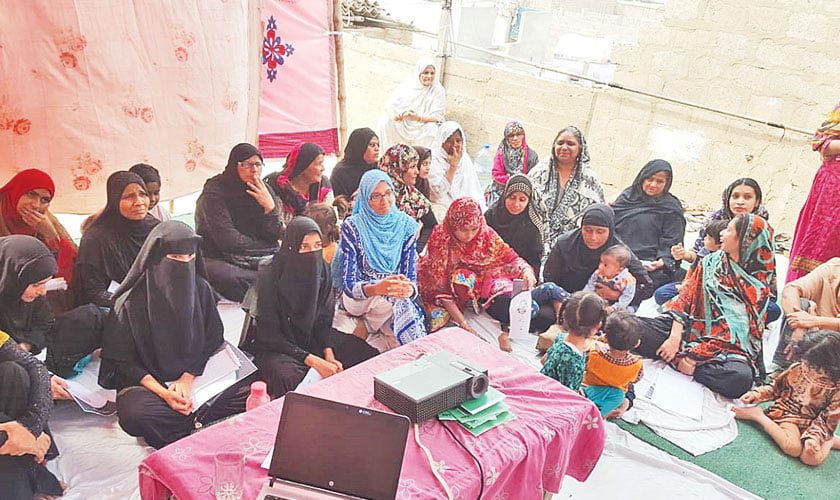

The survey has found some interesting co-relations between smartphone possession business-related indicators. The figures indicate that 49 per cent women in informal businesses possessing smartphones, have knowledge to make a business plan, growth plan and sustainability plan, compared to 31 per cent women in home-based businesses who do not possess smartphones. This indicates that digitisation and use of digital technology for supporting business practices is viable for women in informal businesses. Young entrepreneurs can play an important role in this regard, as they are more tech-savvy than their elders. “All digital related work is done by my niece or my daughter. They help me in getting new designs, and stitching patterns. Watching videos and searching new shops and trends on social media help us a lot in enhancing our business,” elucidated Farhana, another home-based worker.
Sadaf, one of the HBWs who has been using social media to sell her products, has shared that using mobile has eased her workload. “Since I have started taking orders online, it has saved a lot of my time as well as transportation cost. The order placement to the group and follow up has become easy. Prior to that, it was a tedious process to get the work done,” stated Sadaf.
“I constantly follow up with women who work with me on completing orders on my WhatsApp group, which saves my time and we as a group have become more active and are able to complete our orders on time. Using mobile technology has also enabled me to get direct orders from the market, which has reduced the role of middleperson,” added Sadaf.
These are women groups, organised and trained to meet the market competition. There are still majority of women in micro-business who do not have access to smartphones and digital technologies. Women coming from low-income brackets find it difficult to manage the digital requirements and internet services on regular basis. They share phones with male members of the family and use the data available according to their wish. “It’s not available 24/7,” reported a women home-worker in Lahore. “I use my husband’s phone and usually miss orders and phone calls because my husband keeps the phone with him during the day. I can only use it at night”. The dependency of women on their male members of the family in use of digital devices, despite of all the capacity development programmes, hampers their productivity and accurate marketing.
The survey has shown that majority of respondents use mobile data to access internet. Use of landline data is more popular in Lahore, where almost half of the respondents (51 per cent) have access to data through landline. In Karachi, on the other hand, 76 per cent respondents use mobile data.
The data reflects that respondents who own a smartphone, only one fourth (27 per cent) have a banking or money transfer app on their phones. This indicates a low level of digital readiness or literacy among the women micro-entrepreneurs. Although money transfer apps make it easy to receive and send payments and facilitate in maintaining accounts, most women in micro-businesses are unaware of how to open such an account and use an app for this purpose. An obvious reason for this low usage is lack of knowledge regarding installation, usage, and benefits of such apps. The women micro-entrepreneurs, low on literacy grid, report that the information on banking, opening accounts is not easy to absorb. The guidance that is required is still missing, making the process more complicated. Women, however, find it more convenience to have mobile accounts (like easypaisa, jazzcash), which are easy to operate because of their user-friendly modality.
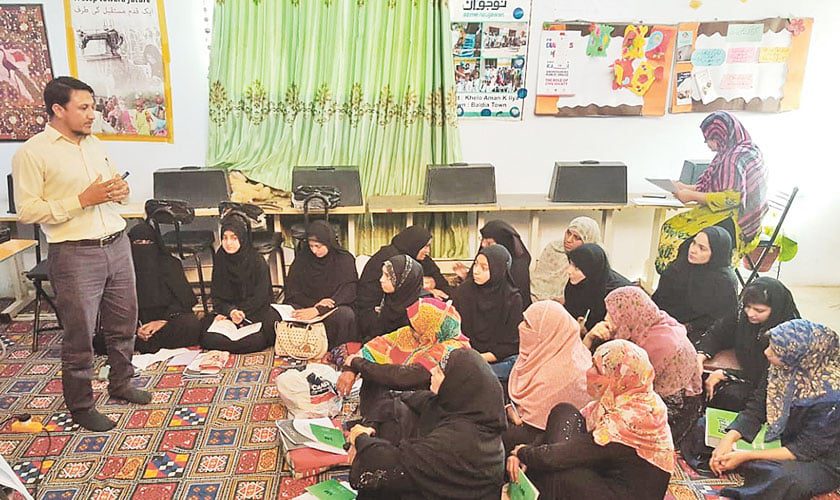

What to do?
In order to gear up the women micro-businesses within the home-based sector, it is important to understand and invest in the new businesses with complete set of digital technologies promoting micro-businesses in the home-based sector. The gender divide needs to be addressed with a focus on improving digital literacy and capacity building for the use of digital technologies. Young women, within the groups of women home-based workers, need to be mobilised, and capacitated and strengthened to facilitate and support women groups for businesses and digital literacy access and utilisation. Aiding women with digitalised technologies through community initiatives, customised financial services and tailor made capacity development initiatives can foster positive results in terms of increased income through sustainable businesses. Investing and incentivising the digitalisation within the micro-enterprises will provide better opportunities for women engaged at the third tier of supply chains.
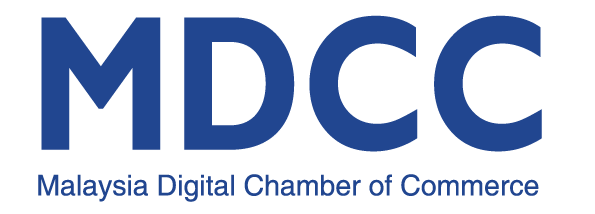


Leave a Comment